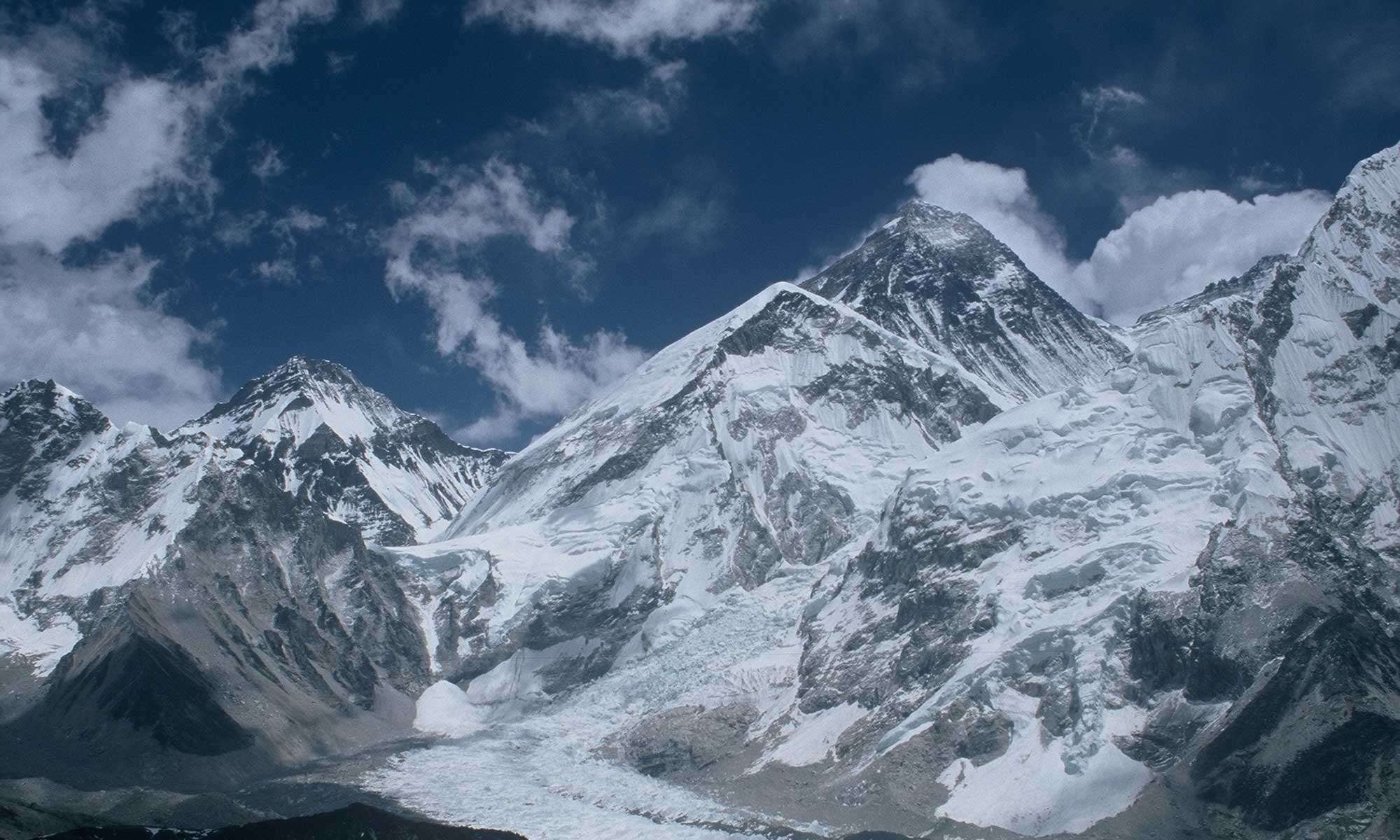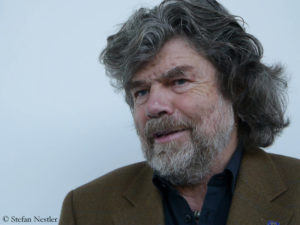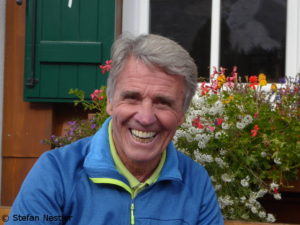Reinhold Messner and Peter Habeler proved that it is possible. 45 years ago today, on 8 May 1978, the South Tyrolean and the Austrian became the first people to reach the summit of Mount Everest at 8,849 meters without bottled oxygen. However, this did not lead to the fact that the highest mountain on earth would have been approached henceforth predominantly without breathing mask. Rather the opposite is the case: The trend is toward the bottle.
In the 2020s, rate below one percent
The ever-increasing commercialization of Everest climbing has caused the proportion of ascents without bottled oxygen to decrease: according to data from the mountaineering chronicle Himalayan Database, while it was still just under six percent (114 of 1913 summit successes) in the first 50 years since the first ascent by Edmund Hillary and Tenzing Norgay on 29 May 1953, it fell to around one percent (99/9287) in the almost two decades that followed (2004 to 2022).
A look at the figures for the most recent yeas reveals the trend even more drastically. For example, the percentage of climbs without a breathing mask was 0.6 percent in spring 2022 (4/672), 0 in 2021 (0/461), and also very low in the last two “normal” years before the COVID-19 pandemic with climbs from Nepal and Tibet: 0.35 percent in 2019 (3/872), and 0.12 percent in 2018 (1/820). Messner and Habeler thus made alpine history on Everest, but their pioneering achievement did not have a lasting effect on events there.
On knees and hands
Reinhold Messner once told me in a radio interview that there had been a lot of critics and skeptics beforehand. That had spurred him on even more. “Basically, at that time I just wanted to make an example, to make an attempt. I didn’t know how far I would get.” Even during the ascent on 8 May 1978, Habeler and he definitely still had doubts about whether they would come out of this act unscathed, Messner said: “At every break we looked at each other: Are we still thinking clearly? Is it still responsible or not?” They struggled up in minus 40 degrees Celsius and a fierce storm. “We really reached the summit more on our knees and hands than walking in the final phase, otherwise we would have been swept off the ridge,” Messner reported.
Let’s get down!
For Peter Habeler it was, in his own words, “a very emotional moment” when they finally stood on the roof of the world. He could not really enjoy it. “I remember being scared,” Habeler told me a few years ago. “I got very anxious because I wanted to get down. I thought to myself, ‘Whoops, how am I going to get back down over the Hillary Step without belaying?’ The snow was in bad shape there, we had noticed that on the ascent. I feared a step could break off and I would fall into the depth. But somehow it worked.” After returning home, he was surprised by the tremendous media coverage, Habeler recounted, “It was a real hype.”
Today, there is still Everest media hype, except that it rarely has to do with climbs without bottled oxygen, but rather with the mass of climbers who attempt the highest of mountains year after year. For the anniversary season 70 years after the first ascent, the government of Nepal has sold 467 permits so far (as of 7 May) – more than ever before. However, the number of summit successes without bottled oxygen can probably be counted on one or two hands.




